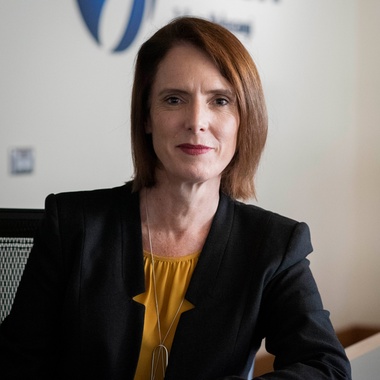Bay of Islands Coastal Survey complete
The Bay of Islands coast is under increasing pressure from human activities, both land-based and marine. As part of the government’s Ocean Survey 20/20 programme, Land Information New Zealand (LINZ) commissioned NIWA to carry out a comprehensive survey of the region’s seafloor habitats and biodiversity.





















